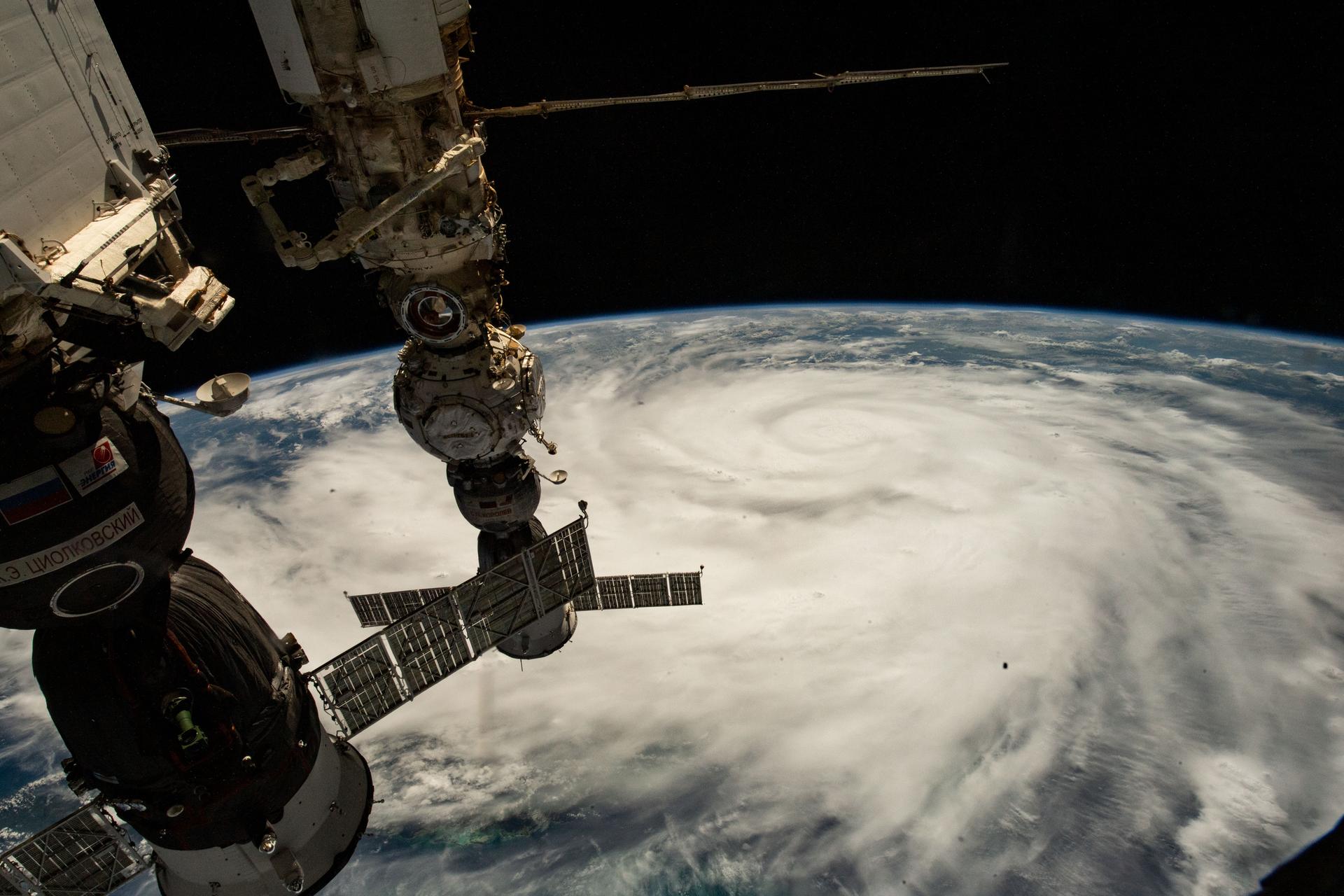Hurricane Ian: two million left without power as Florida hit with 155mph winds
The hurricane is one of the most powerful storms to hit the US in decades
More than two million people have been left without power after Hurricane Ian crashed into Florida’s southwest coast, with officials warning of unsurvivable storm surges in places.
Powered by warm Gulf waters, Ian intensified into an “extremely dangerous” Category 4 storm early after passing over Cuba where it left two people dead and the entire country in blackout when the power grid collapsed.
Ian slammed into Florida with winds of 155mph shortly after 1500 local time [2000 GMT] near Cayo Costa, about 48km (30 miles) west of Fort Myers, the US National Hurricane Center (NHC) reported. It is one of the most powerful storms to hit the United States in decades, and just shy of becoming a rare Category 5 hurricane.
The true scale of the storm may not be known until the morning.
The winds tossed heavy debris, ripped the sides and roofs off buildings, and bent double Florida’s giant palm trees. But it was the volume of water being dragged along by the storm that had public officials up and down the state warning of “catastrophic conditions”.
Powerful waves rolled over hundreds of kilometres of low-lying beach communities and barrier islands with storm surge of up to 18ft forecast surrounding Fort Myers from Englewood to Bonita Beach, including Charlotte Harbor.
As the storm approached Tampa, the power of the hurricane sucked water from the bay, exposing the ocean bed, before sending waves crashing back to shore with a vengeance.
Hurricane Ian drew comparisons from Floridians to Hurricane Charley, which struck the southwest region as a Category 4 storm nearly two decades ago. However, Ian was moving at half the speed of Charley, increasing its destructive power. As Ian plods across Florida in the next 24 hours, it is expected to drop 12 -18 inches of rain on top of coastal surges.
While no stranger to hurricanes, Florida is one of the US states most at risk from flooding linked to the climate crisis in the coming decades, the nonprofit First Street Foundation reports.

The climate crisis does not necessarily mean more hurricanes. But human-caused emissions, largely from burning fossil fuels, are driving hotter air and ocean temperatures which supercharge storms making them more powerful and wetter.
Due to the severity of the hurricane, more than 2.5 million people were placed under mandatory evacuation orders. Residents raced to board up windows and fill sandbags before taking to the roads to seek safer locations.
As the storm’s eyewall came ashore on Wednesday, authorities warned that the time for evacuation was over and urged those who had not evacuated to shelter in place. Emergency services were halted for the safety of first responders, and residents who stayed behind were asked to fill out online forms with details of their family members. A coastal sheriff’s office reported that it was getting many calls from people trapped in homes.
Florida governor Ron DeSantis urged Floridians to hunker down for a “nasty” couple of days and said that fleets of highwater vehicles, planes and 7,000 National Guardsmen were ready to respond after the storm, along with 42,000 linemen for downed power lines. More than 1.8 million people were without power by Wednesday evening.
The federal government sent 300 ambulances with medical teams and was ready to truck in 3.7 million meals and 3.5 million litres of water once the storm passes.
“We’ll be there to help you clean up and rebuild, to help Florida get moving again,” President Joe Biden said on Wednesday. “And we’ll be there every step of the way. That’s my absolute commitment to the people of the state of Florida.”
Some cities instituted curfews including Naples which experienced a record storm surge of 4.8ft – several inches higher than during Hurricane Irma in 2017.
The US Coast Guard was searching for 23 migrants who were on board a boat that had sunk off the coast on Wednesday.
In Bradenton, a city south of Tampa, residents were asked to conserve water as the wastewater treatment plant was in danger of overflowing.
More than 2,000 flights were cancelled as major airports like Orlando and Tampa shut down operations. Florida’s popular tourist destinations including the theme parks at Disney World, SeaWorld and Universal, also shuttered.
The neighbouring states of Georgia and South Carolina were also placed under storm surge and tropical storm alerts.
After the hurricane, the financial pain will probably be significant. Bloombergestimated that it could cost in excess of $45bn (£44.41bn) damages in Florida.
Join our commenting forum
Join thought-provoking conversations, follow other Independent readers and see their replies
Comments

Bookmark popover
Removed from bookmarks